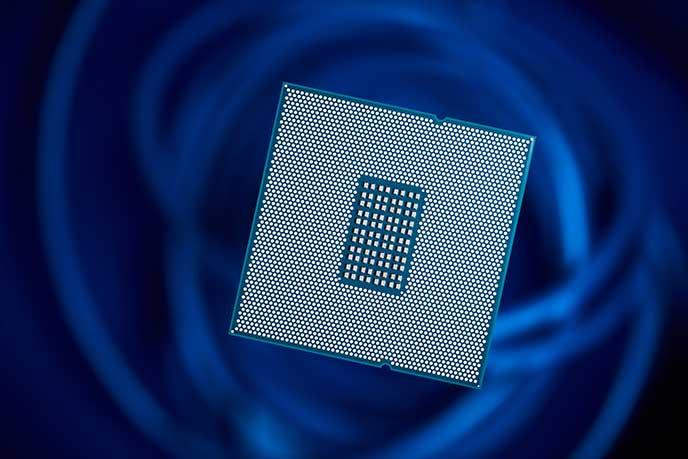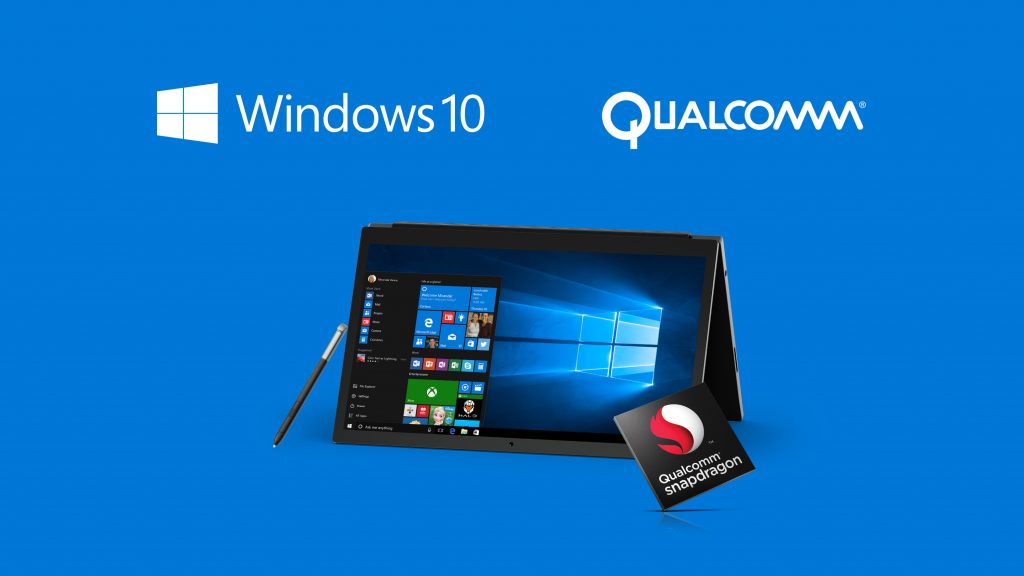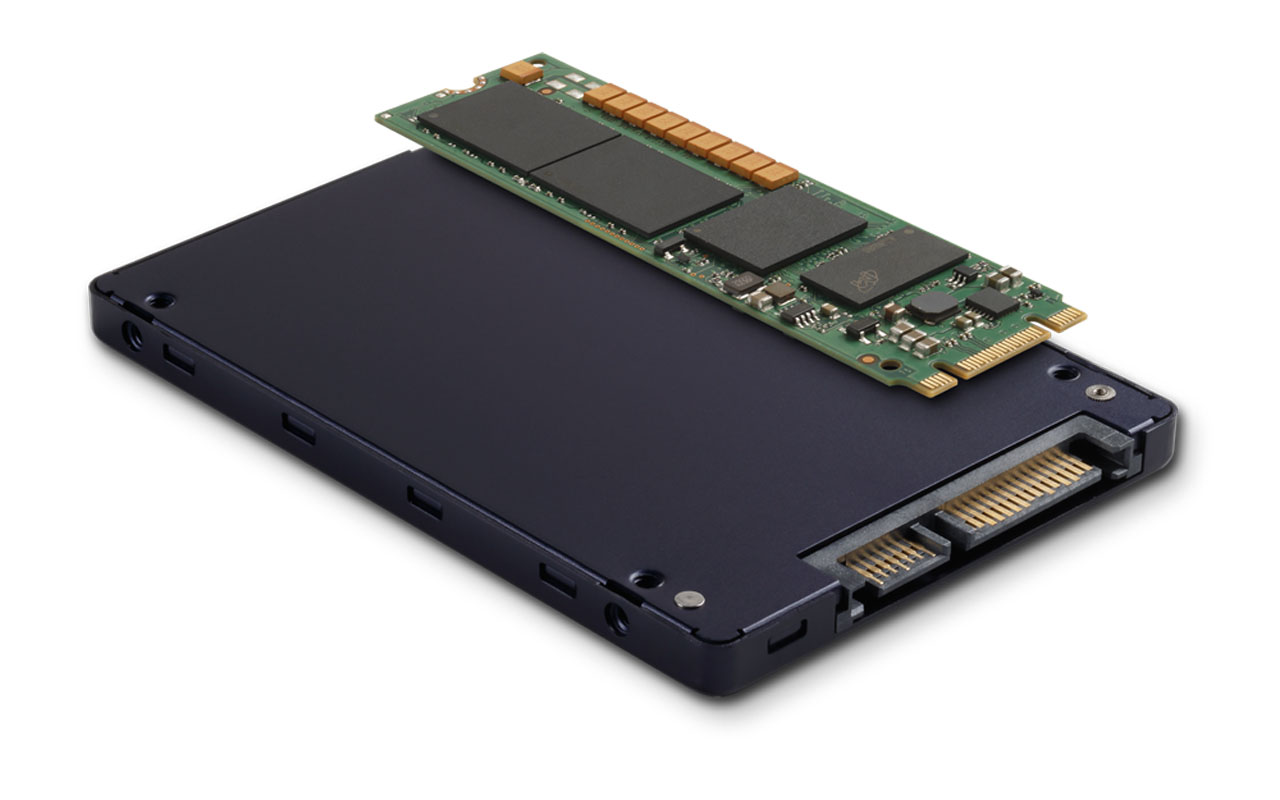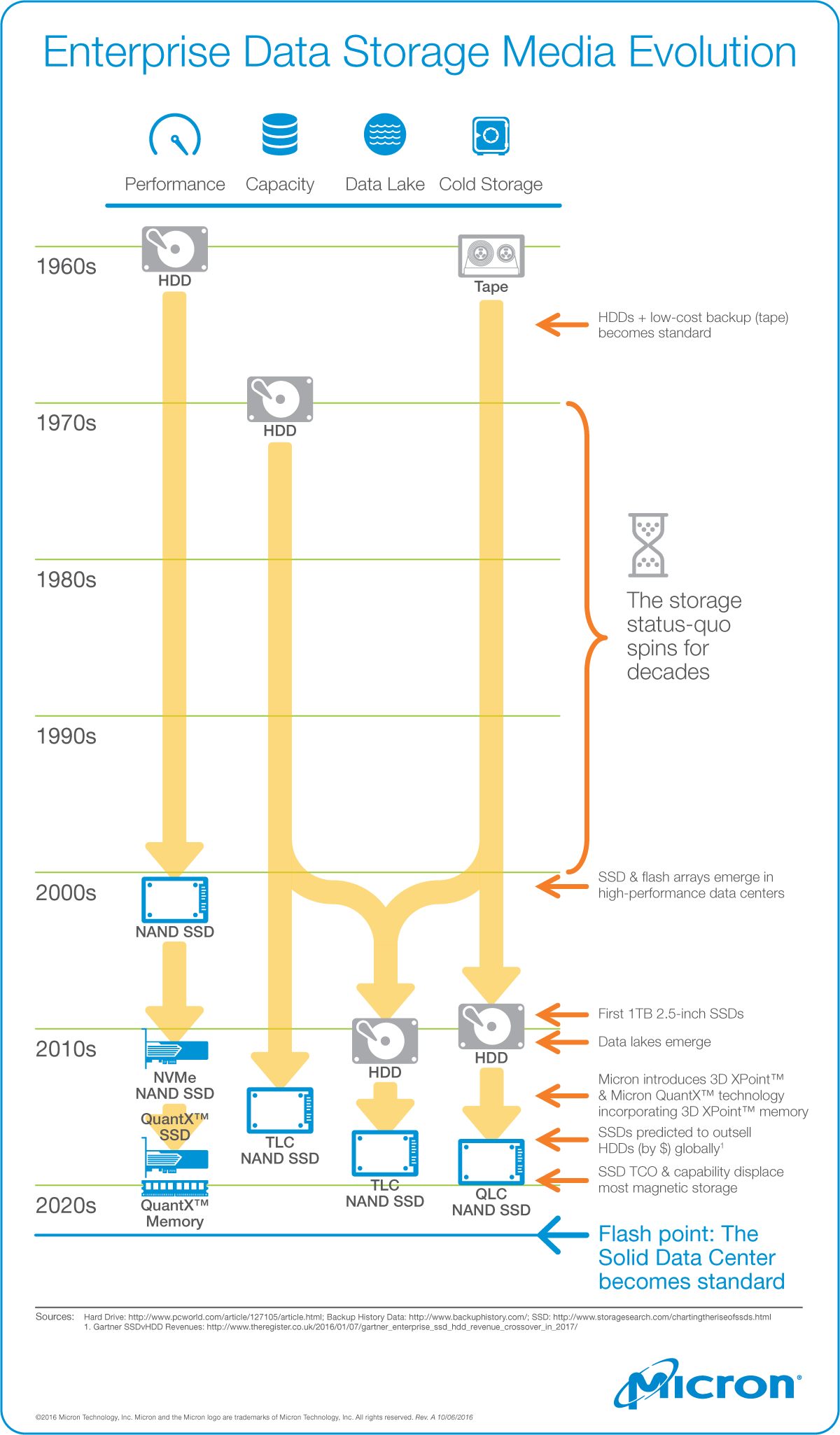Week In CPUs & Storage: Micron Riding Tidal Wave, QLC SSDs Crashing Ashore
Another busy week in tech led to lots of new things to discuss, including a slew of announcements and a bit of speculation. Micron's Tidal wave of new SSD controllers, possibly with QLC SSDs riding on top, are about to crash down on the market. We'll get back to that topic in a few, but first, the roundup.
The world's first exclusive review of Intel's desktop Kaby recently graced our pages. Thomas Soderstrom paddled us across Kaby Lake on his pioneering journey to find the best motherboard for the Intel i7-7700K. Our journey began with the aptly named "Kaby Lake Hits The Desktop" article, but from our initial impression, it seemed you could heat your house with Intel's latest. We investigated the troubling thermal challenges in a quick follow-up and found "More Overclocking, Less Heat" with the mere swap of a motherboard. The motherboard is one of the most important selections for any rig, but it seems that it will be even more important during the Kaby Lake era.
Qualcomm is sampling its new 10nm FinFET Centriq 2400 server CPU. The Centriq comes bristling with 48 ARMv8-compliant Falkor cores, but the company isn't releasing more information, such as clock speed or performance particulars. Qualcomm expects to ship in volume in Q2 2017, but hardware is only a small part of the equation in the data center. As many others have learned, ecosystem development is crucial. What use is a new processor if there is a very limited menu of options?
Qualcomm displayed Apache Spark and Hadoop on Linux and Java with the Centriq, but perhaps Windows is part of the strategy. In a bit of a delay due to NDA, roughly ten hours later Qualcomm and Microsoft announced that next-gen ARM chips would be able to run Windows 10 with emulation. The companies demoed 64-bit Windows 10 running on a Snapdragon 820 processor and claimed the emulated operating system could even run Crysis 2. The initiative development may signal a tectonic shift, but it will take years to play out to the fullest. It is exciting nonetheless.
Micron started off the high-capacity announcements this week with its new 5100 Eco and Max SSDs, which will come with up to 8TB of capacity in a slim 7mm 2.5" form factor, and 1.9TB in the M.2 form factor. The SSDs provide plenty of endurance for a wide range of common workloads through the virtues of Micron's 3D TLC NAND. The 15K HDD is already going the way of the dodo, and if Micron has its way, 10K HDDs aren't far behind; the company designed its pricing model specifically to undercut their TCO with the same capacity and 20x more performance. Oh, and that's with 91% fewer drives.
WD came out swinging at its investor's day with 12TB HDDs and its own line of 8TB SSDs. WD/HGST continues to reap the rewards of its early leap to helium with the He12, which is a standard PMR HDD that packs in eight platters for 12TB of capacity. The drive will also come to market as a 14TB SMR version in the near future. SanDisk, now a WD brand, owns most of the important NAND-based patents, so other companies, such as Samsung, have to license the tech from them. WD announced that it extended its licensing agreement with Samsung to 2024, which is important for the Korean chipmaker.
Much more interestingly, the company announced that it is moving forward with QLC NAND, which packs 4 bits per cell to increase density even further. WD's partner Toshiba is already talking up its 100TB QLC SSDs, so it isn't entirely surprising--but they aren't the only players in the QLC game.
Get Tom's Hardware's best news and in-depth reviews, straight to your inbox.
Micron Riding The Tidal Wave - Soon, At Least
Micron's CFO Ernie Maddock made an interesting statement at the recent Credit Suisse 20th annual Technology Conference (via Seeking Alpha);
"Yes, so the Company has invested pretty heavily in controller technology. We acquired title systems a little over a year ago, and we’re very happy with the progress there. And in fact our clients and consumer base SSDs are generally now based on that title platform.[...] For enterprise, we’re still going outside and partnering with others for that controller technology."
The transcript mistakenly lists the company that Micron acquired as "Title Systems," but an astute observer will quickly recognize this as Tidal Systems. We originally broke the news that Micron had acquired Tidal Systems for an undisclosed sum in October 2015.
Tidal Systems produces SSD controllers, so the comments that all of Micron's client and consumer SSDs are using the Tidal platform spurred a follow-up with Micron for comment, as none of the current Micron SSDs are shipping with Tidal controllers. Micron confirmed that it is not shipping Tidal-powered SSDs currently and that the CFO was likely speaking in regards to the return on the investment.
In either case, its appears that Micron plans to use the Tidal controllers in all of its consumer SSDs in the very near future. This is important because Micron largely leans on Marvell and SMI controllers, which is a disadvantage compared to Samsung, Toshiba, and Sk Hynix, which produce their own controllers.
An SSD vendor has to pay a markup for a third-party controller, but in the grand scheme of things, the cost is a pittance. The real disadvantage is the delay and complexity involved in working with a third party.
Samsung's ability to constantly outpace its competitors with new products is due to having full control of its SSD controller operations. Micron's move to its Tidal-powered controllers will infuse it with more capabilities and give it a leg up against Toshiba, which has its own controllers but doesn't fab its DRAM. Micron will join Sk hynix and Samsung as the only companies with control of all three of the primary SSD components (NAND, DRAM, and controllers). Based on volume, Sk Hynix is a non-factor in the retail market (which is too bad, because it has great SSDs), so Samsung will be the only significant retail competitor with similar capabilities.
The details around the Tidal controllers are vague, especially as the company retreated behind the Micron curtain quickly, but we do know that the company developed its own proprietary LDPC (Low-Density Parity Check) error correction, which is critical for low-endurance TLC (and perhaps QLC) media. It also employs compression technology, which is an SSD feature we haven't seen in the retail market since the SandForce glory days. Interestingly, Micron and Seagate have a strategic alliance that sees the two companies selling the same products, but we haven't seen any SandForce SSDs from Micron, and apparently, there is no plan to do so. Perhaps SandForce truly is dead, but at least Micron snapped up some great technology from Tidal (Tidal also just happened to be stocked with ex-SandForce employees).
Micron's QLC SSD Teasers
Micron's CEO made an almost offhand comment during his Flash Memory Summit 2016 speech that the company would introduce QLC NAND not long after it rolls out its 64-layer 3D NAND, but didn't provide any further details. This is the only mention from the company of its QLC aspirations, at least until a Micron blog post surfaced last week indicating that QLC NAND will begin to "replace more traditional archive storage media"
3D NAND is a promising technology, but it isn't going to progress as quickly on the density front as 2D NAND (most companies plan to stay on each revision for a year and a half or more), and the cost savings are far less with each progression (~30%). QLC will provide another cost-reducing platform, and would likely come as a secondary iteration of a mature process.
The graphic is interesting because it features a QLC SSD. The mention of TCO implies that the company will position it for enterprise use cases. Micron's CFO indicated in his speech that the company would continue to use partners for its enterprise controllers. However, the Tidal controllers are uniquely well-suited for QLC NAND.
LDPC error correction is a nice feature that will help extract more durability from QLC NAND, but data compression will provide the biggest benefit. Data compression is a boon for endurance, as it reduces the amount of data written to the flash. There are often system-level deduplication and compression techniques that perform similar functions in enterprise settings, but having embedded compression is a key technology that may one day make consumer-class QLC SSDs a reality. We've made the basic comparisons and concluded that high capacity QLC SSDs could have enough endurance for client usage models--and that is without the added endurance afforded by data compression. QLC is coming for sure, but it may be coming sooner than you think.
Micron's Announcement On The 21st
Finally, Micron's CEO stated during the Barclays Technology Conference (via Seeking Alpha) that the company would be making an announcement soon:
So there are few very significant things on the NAND base, we have talked in our last earnings call about the bit crossover for 3D, ending that in the fall of this year. We haven't announced yet, we're doing that on the 21 but we did achieve that bit crossover.
So there you have it. Micron has achieved bit crossover with 3D NAND and will announce it on December 21, although I think we just spoiled the surprise. The crossover means that Micron is now shipping more 3D NAND than 2D NAND. This is an important development, as the world needs a whole lot more NAND, and badly.

Paul Alcorn is the Editor-in-Chief for Tom's Hardware US. He also writes news and reviews on CPUs, storage, and enterprise hardware.





